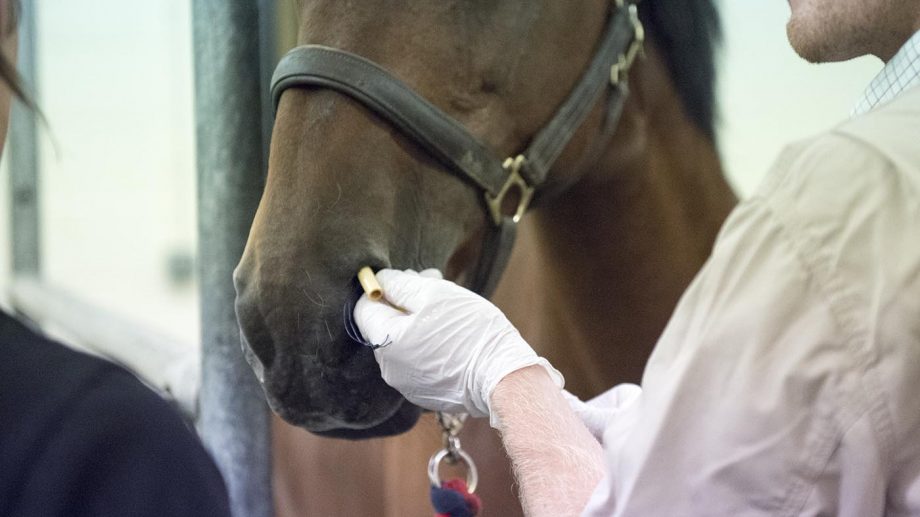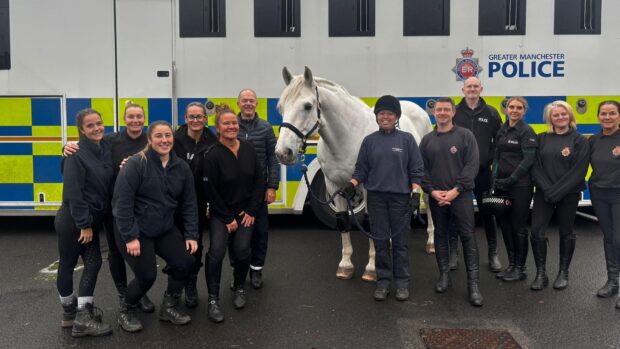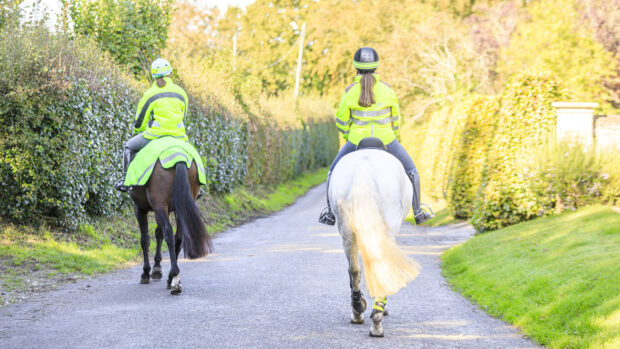Owners have been reminded of the need to be vigilant and take action after a “significant” increase in strangles cases.
The Surveillance of Equine Strangles (SES) network, which collects reports of diagnoses from laboratories and vet practices, confirmed that more than 370 cases have been diagnosed in 2025, compared to the annual UK average of about 300. This has sparked new calls for equestrians to increase biosecurity and consider vaccination to minimise spread.
Equine Infectious Disease Surveillance (EIDS) monitors diagnoses reported to SES; a spokesperson for the group said the data shows the number of cases this year is “significantly higher” than in 2023 and 2024, “indicating a genuine increase rather than normal year-to-year variation”.
Dr Richard Newton of EIDS said, “These findings are a clear reminder that strangles remains an ever-present risk to the UK horse population. The increase in diagnoses underlines the importance of continued vigilance, prompt reporting and proactive prevention measures.”
Recent EIDS and Royal Veterinary College (RVC) research showed that acutely infected or recently recovered short-term carrier horses play a more important role in transmission than long-term carriers (news, 14 August).
EIDS’ Abigail McGlennon, who led the research, said: “Our data show how easily this disease can move across regions through potential links such as shared horse transport, events/competitions, and buying and selling horses. Post-outbreak screening, sufficient quarantine and screening of new arrivals and routine biosecurity measures are essential to preventing wider transmission.”
EIDS and SES are urging people to take action including isolating new arrivals, disinfecting shared equipment and screening after outbreaks to make a “substantial difference in controlling this highly infectious disease”. The strangles vaccine can help reduce infection risk and spread.
Dr McGlennon said, “We now have more tools than ever to protect horses, but knowledge must be matched by action. Prevention, early detection, and vaccination together can help to reduce the impact of strangles.”
The British Equine Veterinary Association (BEVA) is also urging owners to be vigilant.
BEVA veterinary projects officer Lucy Grieve noted that horses typically develop a fever two to three days before they become infectious.
“So taking your horse’s resting temperature daily if any new horses have recently arrived, or you’re away from home with your horse, is a basic biosecurity measure that could minimise the size and cost of an outbreak,” she told H&H.
“Prevention of spread is key and relies on strict biosecurity and quarantine protocols. You can never be too cautious; quarantining new arrivals for at least three weeks, avoiding sharing equipment, whether buckets, grooming equipment or tack, with other horses and preventing your horse from coming into close contact with any unfamiliar horses are all imperative.”
Visit the EIDS website and and the BEVA website for more information.
- To stay up to date with all the breaking news from major shows throughout 2025, subscribe to the Horse & Hound website
You may also be interested in:

Dealing with strangles – the human impact of managing an equine outbreak

Protecting our horses: eventer speaks up after strangles outbreak

‘It won’t work if it stays on the shelf’: vets report ‘limited uptake’ of new strangles vaccine

Strangles: what is it, how to spot the signs, plus a new vaccine to help protect your horse

Subscribe to Horse & Hound magazine today – and enjoy unlimited website access all year round




